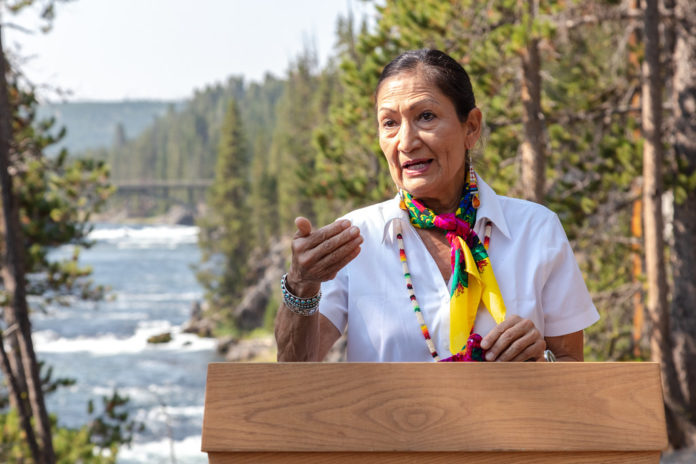By Kenzie Jansonius
Over the summer, unmarked graves were discovered at former sites of Indigenous schools in Canada. There were at one time over 130 schools such as these in Canada and 367 in the U.S. The discoveries of over 1,000 bodies of children on the property of these schools in Canada have led to the investigation of similar schools in the U.S. In the U.S., the forced removal of children became prevalent after the Indian Wars. Richard Henry Pratt was assigned to supervise Native American prisoners of war. He required them to speak only English, cut their hair and used them as hostages to keep their tribes in line. Pratt continued this model of assimilation, eventually founding the Carlisle Indian Industrial School. This school became the model for the Bureau of Indian Affairs, which authorized 25 federally funded schools just like it into existence. Soon after, residential boarding schools were established across the country, thus suppressing the cultures of Native Americans. These schools were meant to assimilate native children into the culture of those who were oppressing them. Children were beaten for speaking their own language, their hair was shorn and their traditional clothes were replaced by uniforms similar to prison jumpsuits. They were not allowed to practice their own religions and were given “Christian” names. Thousands of children were forced to attend these schools, and in many cases, they were never seen again. The Department of Interior announced at the end of September that it would consult with tribal leaders to create a comprehensive search of federal boarding schools for possible burial sites of Native American children. “As we move forward, working with Tribal Nations is critical to addressing this legacy with transparency and accountability,” said Deb Haaland, Secretary of the Interior in a press release. “Tribal consultations are at the core of this long and painful process.”








